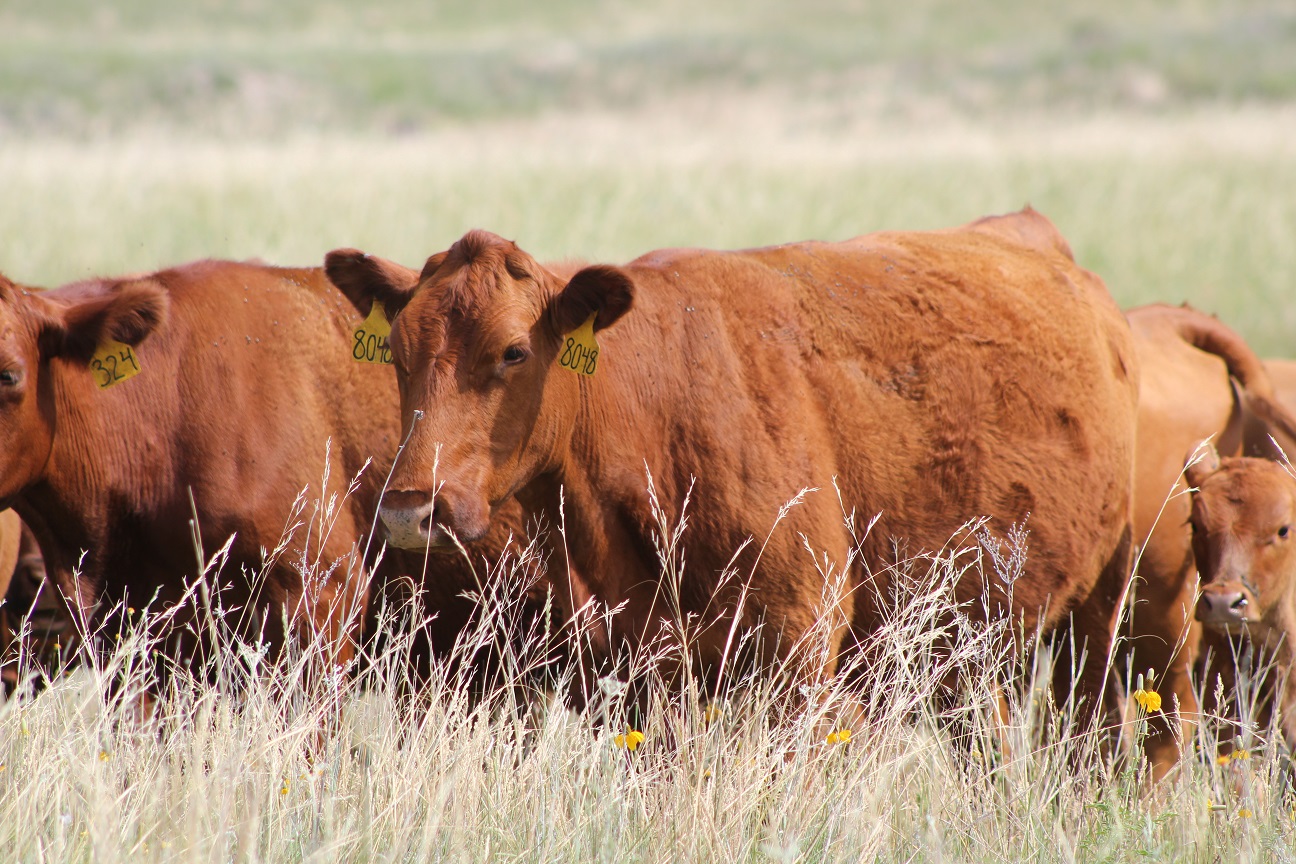The Implications of this Year’s Rains on Next Year’s Calf Crop

Listen to a discussion of the content in this article on this episode of the BeefWatch podcast. You can subscribe to new episodes in iTunes or paste http://feeds.feedburner.com/unlbeefwatch into your podcast app.
A snowy/rainy spring gave way to above average rainfall for the summer in much of the mid-section of the country. While most of us know better than to complain about rain, the moisture has sure presented challenges for this year’s hay crop.
Abundant moisture resulted in rapid growth and maturity in forages. The continued rain delayed cutting the forage, adding to the maturity of the crop, and unfortunately, a lot of hay has been rained on between cutting and baling. This combination is most certainly going to result in poor quality hay, even if tonnage is adequate.
Even forages that are intended for late summer, fall, or winter grazing are likely to be lower in protein and energy than usual due to the rapid and abundant growth which resulted in a lot of stem and seed head production and not as much leaf material.
While it is always a good practice to test the nutrient content of forages and hays, this is going to be a very important year to test it and to feed or graze accordingly based on the nutrient content of the forage and the nutrient requirements of the cattle at various stages of production.
For example, research has shown that a greater percentage of cows will conceive when they are on an increasing plane of nutrition rather than on a decreasing plane of nutrition. Therefore, May calving cows and heifers may need supplemental protein and energy during the breeding season even though grass is abundant this summer.
Early spring calving cows typically graze deferred forages in the winter and receive hay and supplement from calving time until green grass is available, again. If the winter forage is lower in quality than most years, this could result in lower body condition of the cows coming into calving. Once calving ensues, the energy needs of the now lactating cow doubles, making this a difficult time for the cow to gain weight if necessary. Cows calving in a body condition score below 5 (1-9 scale) are less likely to rebreed and also have reduced immunoglobulins to pass onto the newborn in the colostrum. Therefore, maintaining a body condition score of no less than 5 on mature cows and no less than 6 on heifers during the winter is important and should be closely monitored this winter, due to forage maturity and quality.
Sending forage and hay samples to a commercial laboratory is an economical way to know what hay to feed at each production segment as well as how much supplement to feed to ensure requirements are met without overfeeding costly supplement.
University of Nebraska Extension personnel are available to assist in estimating nutrient requirements and ration formulation.
Interviews with the authors of BeefWatch newsletter articles become available throughout the month of publication and are accessible at https://go.unl.edu/podcast.
